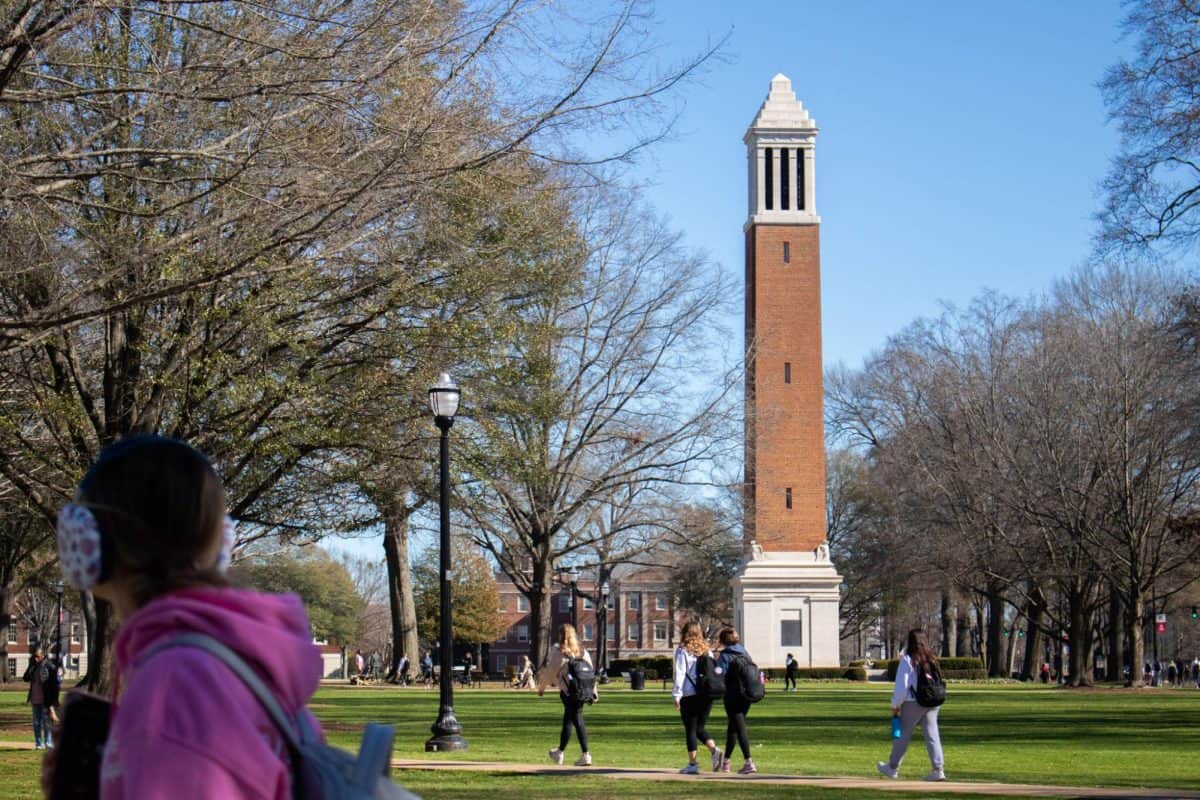The University of Alabama board of trustees voted to raise tuition for the 2024-25 school year for UA System schools on June 6. In-state tuition increased by 2.5% and out-of-state tuition by 3% for The University of Alabama.
This increase will only add fuel to students’ economic woes and hardship. Students trying to get hired for on campus jobs are finding that the University is not as understanding of their struggles as they’d hoped. The University requires workers to take a minimum six hour class load while their working hours are capped at 20 per week; with a median pay of $10 an hour, this doesn’t make much of a dent in their now heightened educational costs.
While UA Systems chose to freeze their tuition for the 2023-24 school year, this year students were faced with an entirely different decision. Now scrambling to cover these extra costs, students are arguing why this decision should’ve had more consideration.
Some students, like sophomore chemistry major Chloe Gosdin, have to rely on several scholarships.
“Now students have to fight for more scholarships. Students will have to take out more loans, which may result in larger debt,” Gosdin said.
Students may think that loans would be the answer, but statistics don’t support it. Over the last 17 years, student loan debt has seen an annual inflation rate of 15.7%. For the first time in 12 years, federal student loan interest rates will increase to 6.53% from 5.5% for the previous academic year. On the other hand, the average rates on private student loans on five year variable terms sits at 10.58% and for ten years, 7.76%.
Naturally, it is not only the students but the University who are encountering increased costs in the current economy.
Dana Keith, UA System senior vice chancellor for finance administration, stated in the meeting on June 6 that “a slight increase in tuition rates is necessary to cover the rising everyday operational expenses essential to effectively run our universities and fully support their educational visions.”
Keith also explained that the increases were made to further support the system’s two most important priorities, the students and the staff.
The UA System board of trustees explained that their reasoning for the increase was to offset personnel costs and increased pay for staff members. This reasoning is seen with other campuses’ tuition increases across the country.
The board’s reasoning is predicated on the idea of a poor economy with substantial inflation, but the latest U.S. economic news is largely positive, showing wage and job growth and a stabilizing economy. The decision to raise the tuition rate seems to further the divide between the public’s negative feelings about the economy and both current U.S. economic indicators and experts’ sentiments, which offer a much more positive assessment of the economy.
Just because indicators may be better doesn’t mean making a living is easy.
Freshman computer science major Rehder Myhre cited experiences such as increasing costs that have led to a belief that the economy may be worsening and that students will be negatively affected.
“Rising tuition costs only prevent people from attaining their education,” Myhre said.
Myhre has a point. According to a study by Georgetown University, it is estimated that 72% of all jobs in the United States will require postsecondary education and/or training by the year 2031, an increase from 68% in 2021. 42% of those jobs will also require a bachelor’s degree.
The decision by the board of trustees to hike tuition rates does not reflect the reality of the economic situation of many of its students and their families. This hike places an even greater burden on the backs of students and will disproportionately harm those from lower-income backgrounds, as well as students who are more dependent on scholarships and loans.
The whole discussion about postsecondary affordability underscores the reality of many students’ feelings of loneliness and desperation when it comes to our institutions’ support or lack thereof. As students, we must demand proactive policy that aims to ensure that education remains accessible to all in an increasingly educated world and workforce.
However dark it may seem for us, it appears progress is being made on a federal level. According to U.S. Department of Education reports, President Biden has issued $20.8 million in student loan forgiveness to 2,550 borrowers in Alabama alone since August 2022. Regardless of one’s opinion on the president’s actions, this issue has offered much-needed relief to some students and has given them the chance to move on from years of financial debt. It gives hope to millions of young Americans and students that maybe, just maybe, our seemingly necessary financial struggles will finally see a resolution.
Until then, we will continue to see increases in postsecondary education costs. We must in turn strengthen our resolve for more affordable and accessible education.









